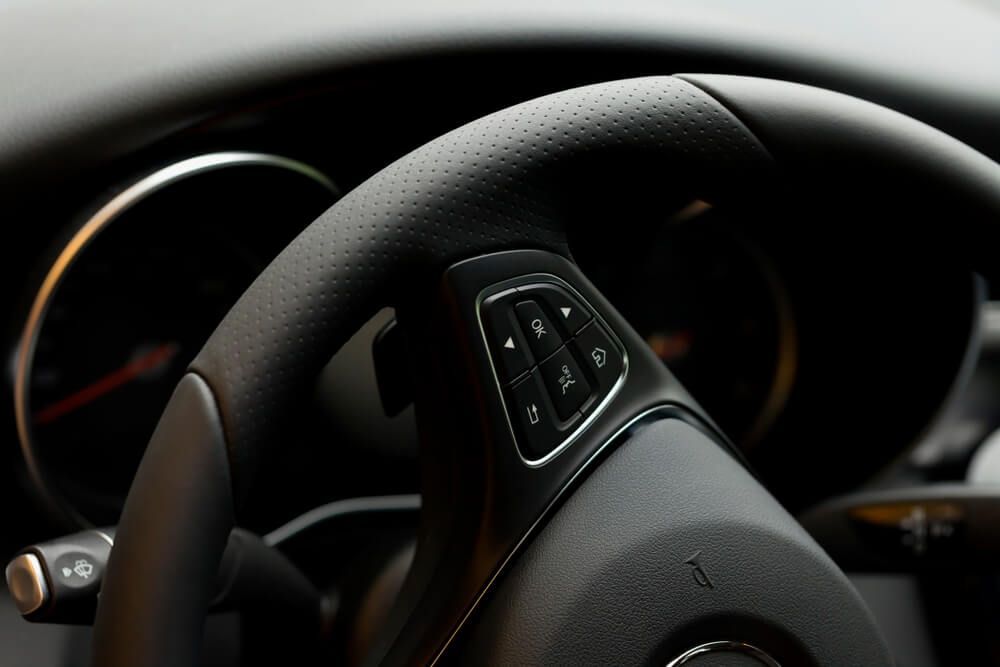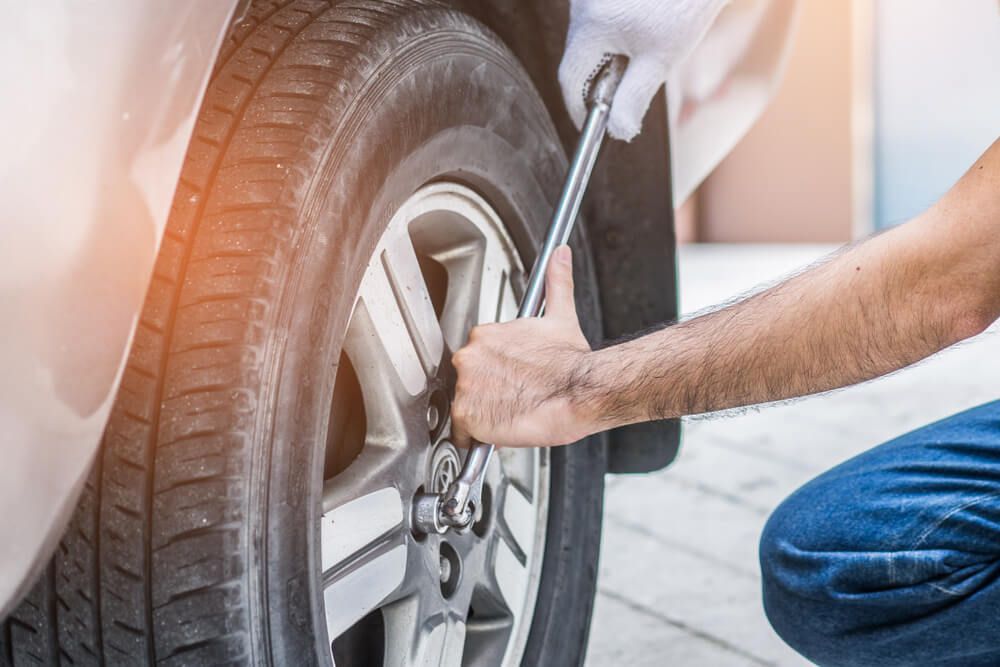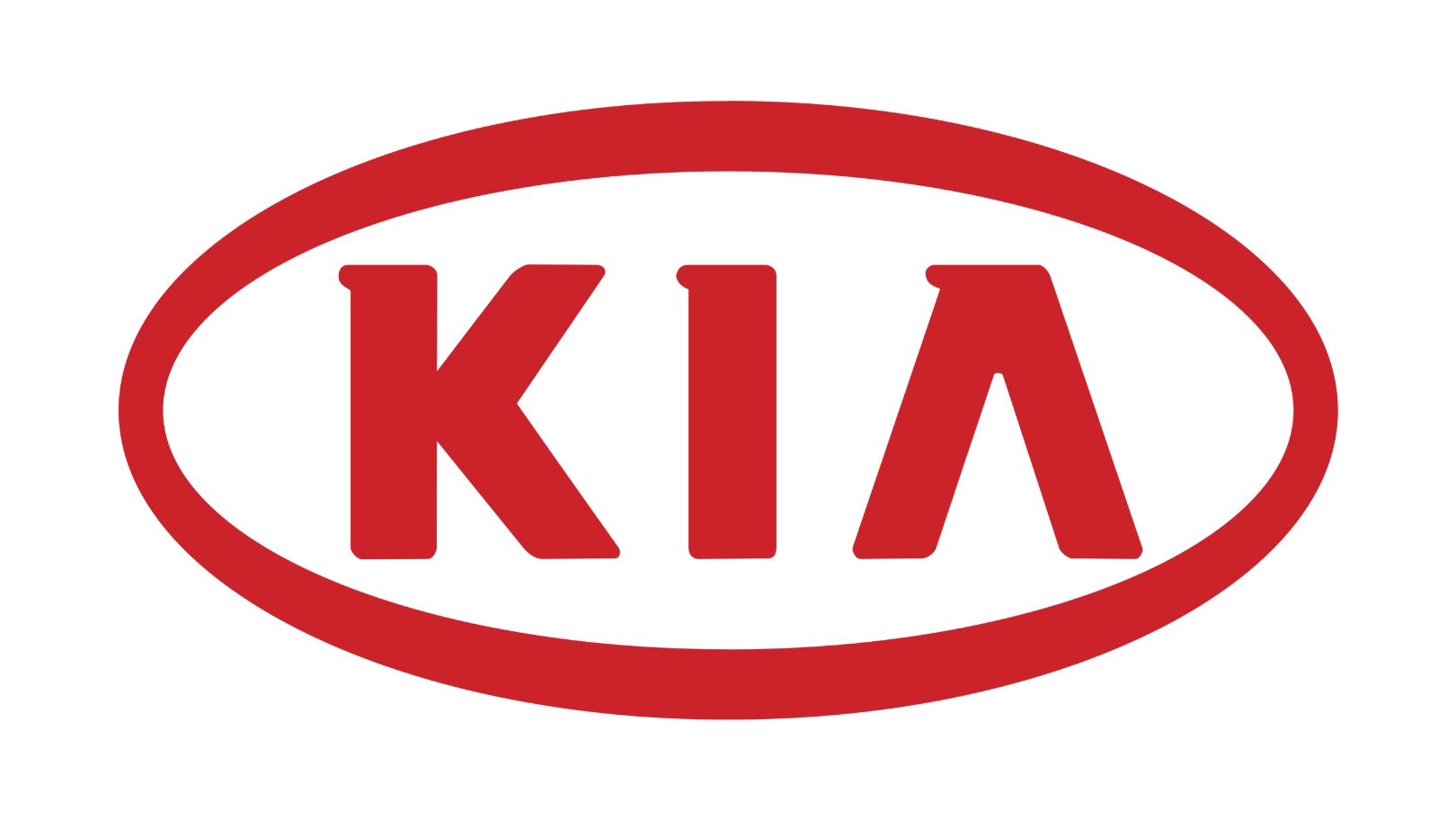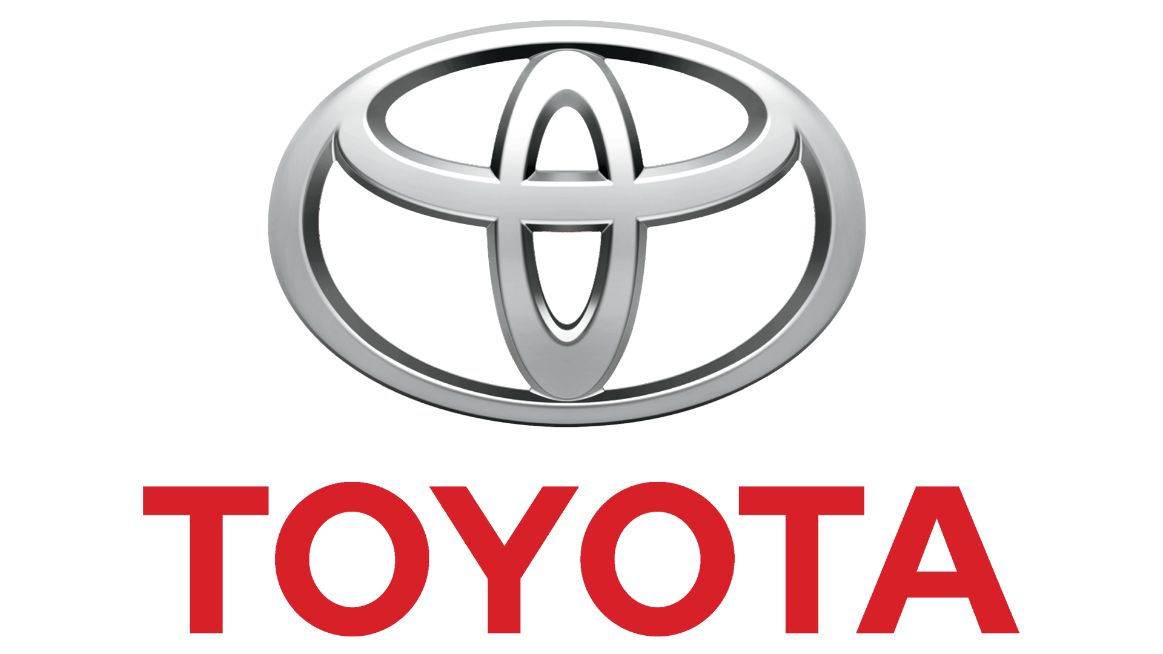Wheel Alignment in Forster
Nature's Symphony
ButtonRequest a call back
Thank you for contacting Marx Forster Tyres & Mechanical.
We will get back to you as soon as possible.
Oops, there was an error sending your message.
Please try again later.
Forster Wheel Alignment
Noticing your car or truck pulling to one side or the steering wheel vibrating? These are signs it’s time for a professional wheel alignment in Forster. At Marx Forster Tyres & Mechanical, we take your vehicle's safety and performance seriously. Our skilled team provides accurate, reliable alignments that help extend the life of your tyres and ensure a smoother, more controlled drive.
A yearly wheel alignment is a smart move—especially if you've recently installed new tyres, changed your suspension, or had a run-in with a kerb or roadside debris. Even subtle misalignments can cause uneven tyre wear, poor handling, and higher fuel consumption. Our technicians use advanced equipment to get your wheels set straight and your vehicle performing at its best.
Live in Forster, Tuncurry, or surrounding areas? Book your wheel alignment with Marx Forster Tyres & Mechanical today. Call us at (02) 6555 3300 to schedule your service and keep your vehicle on track.
We use advanced precision equipment to deliver accurate wheel alignments that maximise tyre life and vehicle safety.
As a locally owned Forster business, we offer trusted, personalised service tailored to our community's driving conditions.
What Wheel Alignments Involve
A professional wheel alignment ensures your vehicle drives straight, handles safely, and reduces uneven tyre wear. This process involves fine-tuning multiple suspension angles to meet manufacturer specifications. To give you a better idea, here are five key aspects of a proper wheel alignment:
1. Caster Adjustment: This sets the angle of your steering pivot from front to back. Correct caster improves straight-line stability and steering feel, especially at higher speeds.
2. Camber Alignment: This adjusts the inward or outward tilt of your wheels when viewed from the front. Proper camber ensures even tyre contact with the road during turns for improved grip and safety.
3. Toe Setting: This changes the angle your tyres point in or out when viewed from above. Accurate toe alignment prevents tyre scrubbing and reduces wear while maintaining vehicle tracking.
4. Thrust Angle Correction: This ensures all four wheels are square to each other. It's especially important on vehicles with solid rear axles to avoid the car pulling to one side.
5. Ride Height Measurement: This checks the distance between your car’s underbody and the ground. Ride height affects all alignment angles and must be considered, especially after suspension modifications.
Each of these adjustments contributes to the accuracy and safety of your wheel alignment. Book your next alignment service to enjoy smoother, more efficient driving.
FAQ
How often should I get a wheel alignment?
It’s best to get a wheel alignment every 10,000 km or at least once a year, depending on how and where you drive. You should also have it checked after replacing tyres, modifying suspension, or experiencing a significant impact like hitting a pothole or kerb. Regular alignment helps prevent uneven tyre wear, improves fuel efficiency, and ensures your car handles properly. Even if there are no obvious signs, routine checks can catch issues early.
What happens if I don’t get a wheel alignment?
Skipping wheel alignment can lead to uneven or rapid tyre wear, reduced handling performance, and increased fuel consumption. Over time, this puts stress on your steering and suspension components, potentially causing damage that’s expensive to repair. Your vehicle may pull to one side or feel unstable while driving. Neglecting alignment not only shortens the life of your tyres but also compromises safety, making it more difficult to maintain control in emergency situations.
What causes wheel misalignment?
Wheel misalignment is commonly caused by hitting potholes, kerbs, or road debris. It can also result from worn suspension parts, minor accidents, or installing new components like tyres or shocks without realignment. Even regular driving over time can gradually shift the alignment out of spec. Factors like road conditions, driving style, and modifications to the vehicle’s ride height also contribute. Staying on top of maintenance and alignment checks helps prevent these issues from affecting performance and safety.



















